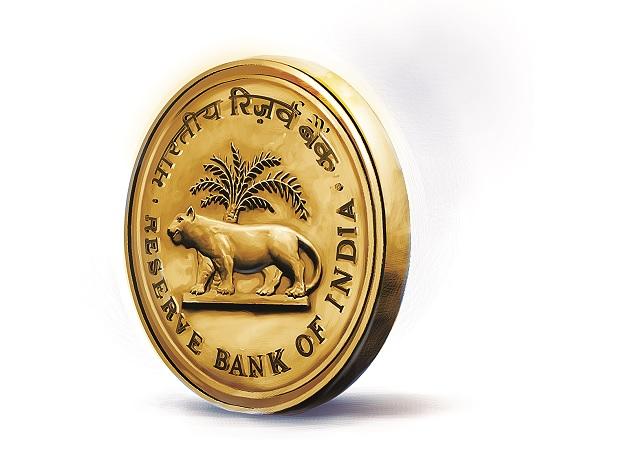With the outcome of elections now known and Narendra Modi – led National Democratic Alliance (NDA) firmly back in the driver’s seat, focus has shifted back to the health of the economy and other fundamental factors.
Amid this, the expectation of a cut in interest rates by the Reserve Bank of India (RBI) in its upcoming three-day monetary policy review on June 03, 04 and 06 has been gaining traction in order to prop up consumption. That apart, analysts also expect the central bank continue injecting liquidity. The government, on its part, should look at recapitalising public sector banks (PSBs), they say.
“Policy initiatives to lower credit costs should intensify in the new regime. We expect the RBI MPC (RBI Monetary Policy Committee) to cut 35 basis points (bps), up from 25bps earlier on June 6 with May inflation tracking a low 3.3 per cent. Second, it should continue to inject $2-3 billion of durable liquidity a month to pull the money market to surplus liquidity," says Indranil Sen Gupta, India economist at Bank of America Merrill Lynch in a co-authored report with Aastha Gudwani.
The RBI had cut interest rate by 25 basis points each in February 2019 and April 2019 to boost economic growth. In April, the central bank had also cautioned against the slowing global economy casting its impact on India and pegged the GDP (gross domestic product) growth at 7.2 per cent in 2019-20, lower than its earlier projection of 7.4 per cent.
Retail inflation, which was seen at 2.8 per cent for the fourth quarter of 2018-19 in the February 2019 policy meet, was revised downwards to 2.4 per cent. The MPC noted that CPI (consumer price inflation) inflation, excluding food and fuel, in February was lower than expected, which imparted some downward bias to headline inflation, the RBI had said in April.
“More rate cuts, possibly front-loaded, adding to the 50 bps from earlier this year, and further steps to infuse liquidity are thus probable, with the government & RBI also likely to work together to shore up confidence in non-bank finance companies (NBFCs),” said Somshankar Sinha, managing director and head of equity research for India at Jefferies in a co-authored report.
Adding: “Eventually, such measures may be helpful in reviving broad-based capital investment, but for now the focus may be on infrastructure & real estate, with lower rates (especially short-end) and improved liquidity also helpful for discretionary consumption.”
However, there are risks to the probability / expectation as well. With growing global headwinds from weak exports and higher oil prices, reports suggest sustaining growth at or above 7 per cent will be a challenge in the current financial year. That apart, if the monsoon surprises negatively, it will stoke inflation and may force the RBI to recalibrate growth and inflation projections.
“The economic slowdown has accelerated in the final quarter of the financial year 2018-19, for which the GDP data arrives next week (31 May). If true, our forecast of a slowdown of growth to 6 per cent from 6.6 per cent in the previous quarter will make it the slowest quarterly growth in two years. While the cyclical growth slowdown validates the two rate cuts this year, we believe the risk of potentially higher inflation will keep the central bank from easing again in June. With this, we consider the RBI easing cycle over for now,” cautions Prakash Sakpal, economist for Asia at ING.
Published On : 24-05-2019
Source : Business Standard

